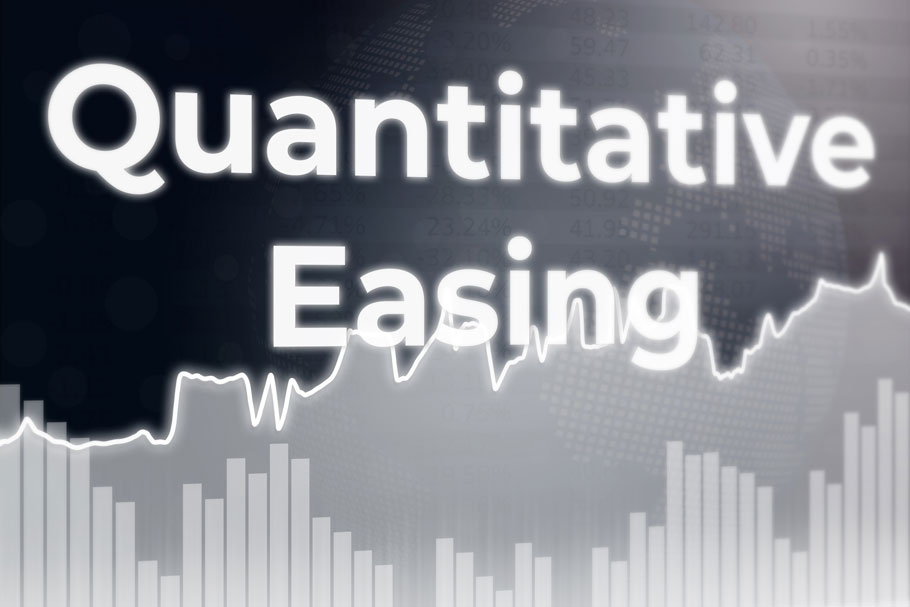Iryna Kaminska and Haroon Mumtaz

Since 2009, when policy rates reached their effective lower bound, quantitative easing (QE) has become an important instrument of central bank monetary policy. It is aimed to work via long-term yields. The literature confirms that QE helped lower long-term yields. But the yields have two components – expectations and term premia – and open questions remain: does QE reduce yields via expected rates or term premia? And which channel is more efficient in stimulating the economy? In our research paper, we find evidence that QE often worked through signalling and term-premia effects simultaneously. But the two main QE channels are transmitted to financial markets and the real-economy in different ways, and only signalling is found to have ultimately affected inflation significantly.
